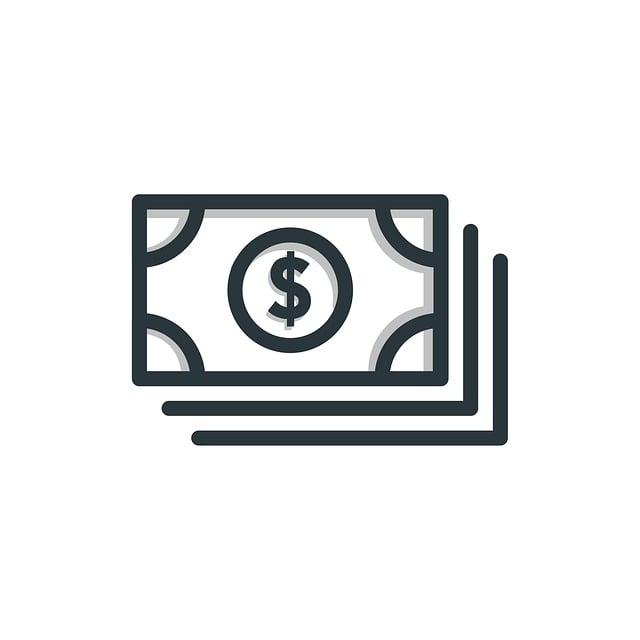Joint Debt Consolidation Loans, secured by assets like homes or cars, offer lower interest rates, higher borrowing limits, and extended repayment terms, making them ideal for debt management. Unsecured loans, while flexible, have higher interest rates and stricter eligibility criteria. Joint Debt Consolidation Loans combine multiple debts into a single payment, simplifying repayment and potentially saving money on interest. Borrowers should compare lenders' offers, assess credit score requirements, fees, and future borrowing power to choose a solution aligning with their financial goals.
Understanding the difference between secured and unsecured loans is crucial for making informed financial decisions. Secured loans, backed by collateral, offer lower interest rates but carry risk. Unsecured loans provide flexibility but may have higher rates and stricter credit checks. This article explores these options in detail, focusing on secured loans’ advantages, unsecured loans’ nuances, and the benefits of Joint Debt Consolidation Loans for better financial management. By comparing these strategies, you can navigate debt consolidation effectively.
- Understanding Secured Loans: How They Work and Their Benefits
- Unsecured Loans: Key Features and Potential Drawbacks
- Joint Debt Consolidation Loans: Comparing Options for Better Financial Management
Understanding Secured Loans: How They Work and Their Benefits
Secured loans are a type of financing where the borrower uses an asset as collateral to secure the loan. This could be a house, car, or any valuable property that the lender can seize if the borrower defaults on repayments. Understanding secured loans is crucial for those seeking options like joint debt consolidation loans. These loans offer several benefits: they often come with lower interest rates compared to unsecured loans, and borrowers may be approved for higher loan amounts due to the reduced risk for lenders. Additionally, secured loans typically have longer repayment periods, providing borrowers with more manageable monthly payments.
The collateral ensures that the lender has a safety net if the borrower struggles financially, making these loans an attractive option for those looking to consolidate debt, especially when multiple unsecured debts are involved. This approach can simplify repayment management and potentially reduce overall interest expenses, offering financial relief and a clearer path to debt elimination.
Unsecured Loans: Key Features and Potential Drawbacks
Unsecured loans are a form of financing that doesn’t require the borrower to put up any collateral. This means there’s no risk for the lender in case of default; they can’t seize any of the borrower’s assets. Unsecured loans rely solely on the borrower’s creditworthiness and ability to repay. They’re often used for various purposes, including home improvements, education, or even Joint Debt Consolidation Loans, where multiple debts are combined into one with a single monthly payment.
While unsecured loans offer flexibility and convenience since they don’t tie up any assets, they may come with higher interest rates compared to secured loans due to the increased risk for the lender. There’s also the potential for stricter borrowing requirements, such as higher minimum credit scores or larger down payments. Additionally, borrowers without a strong credit history might find it challenging to secure an unsecured loan, limiting access to this type of financing.
Joint Debt Consolidation Loans: Comparing Options for Better Financial Management
When it comes to managing multiple debts, one effective strategy is exploring Joint Debt Consolidation Loans. This approach allows individuals or couples to combine their existing debts into a single loan with a potentially lower interest rate and more manageable repayment terms. The key advantage lies in simplifying financial obligations, making it easier to keep track of payments and reducing the overall stress associated with multiple debt repayments.
Comparing different Joint Debt Consolidation Loan options is essential for finding the best fit. Lenders offer various structures, from personal loans to home equity lines of credit (HELOCs). Each has its pros and cons regarding interest rates, loan amounts, and repayment periods. It’s crucial to evaluate factors like credit score requirements, fees, and the potential impact on future borrowing power before deciding on a consolidation solution that aligns with your financial goals and capabilities.
When considering your financial options, understanding the distinctions between secured and unsecured loans is crucial. Secured loans offer benefits like lower interest rates and flexible terms, but they require collateral. Unsecured loans provide convenience without such requirements, yet may come with higher rates and stricter qualifications. For those seeking to manage multiple debts, joint debt consolidation loans emerge as a strategic solution, merging multiple obligations into a single, manageable repayment stream. By comparing secured, unsecured, and joint debt consolidation loan options, individuals can make informed decisions tailored to their unique financial needs.
